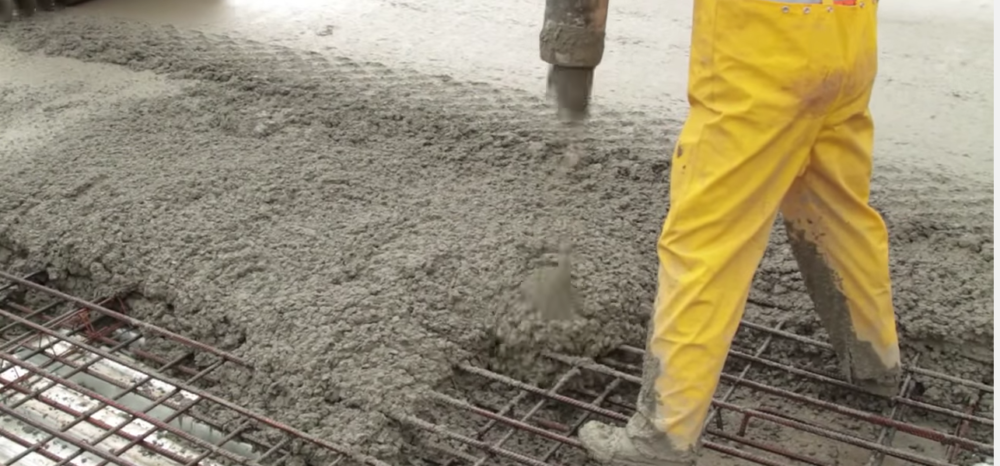The procedure of making concrete seems the same regardless of where you are, and what you need it for. You will need to have water, stone, cement and sand. The formula might sound very simple; however some technicalities are required if you need to make it of a good standard. Before embarking on the real process of how concrete is made, it is wise to ensure those variables that influence its properties are adhered to. For instance, both the quality of the cement, which is the main requirement here and the aggregates, the proportions, and dosage, are the properties you should consider.
Have raw materials
As said, raw materials are sand, water, cement, and gravel. Then, you must understand the concrete you require. Do this by multiplying the square footage and thickness of the feet of that area to be concreted. Then, find a working space that is, if you are doing it manually. Alternatively, if you can get a mixing container well and good, make it ready for the task.
Mixing box
After you have set the mixing container, the next thing is to either use a wheelbarrow or build your mixing box out of wood. For wet concrete, you are expected to assemble the forms just along the outer edges to a place where you will be placing the concrete.
Do the mixing
The next step is to mix the cement and sand. The obvious mortar mixture is done using the 1:2:3 ratios, that is water to cement, and then to sand. This is done by volume. For general-purpose concrete, you should opt for 1:2:3 ratio, of the cement, sand and gravel, all done in volume.
Add gravel
After mixing cement and sand, add the gravel. Add it at a ratio of almost five parts of gravel, by just one part of cement as well as sand.
Water
At this point, you are then free to add water. The good thing with water is that you are allowed to add water slowly as you mix until you perceive the concrete is ready for use. In other words, water does not have a constant ratio.
At this point, your mixture will be ready for use. Just pour where you want it to be, and float it to the desired level. There you go; your concrete will be ready for use now.
